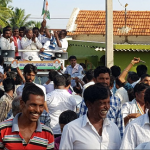The upcoming election in the southern Indian state of Karnataka is internationally noteworthy for several reasons.
First, its capital is Bangalore, the hub of India’s IT companies and start-up talent, a city on the global IT map where smart companies like Flipkart are located and which has the largest number of colleges in India.[1] Second, it is the entry point of the ruling Bharatiya Janata Party’s (BJP) into south India, a more educated and prosperous part of the largest democracy in the world; comprising five states which contribute an estimated 30% of GDP and a fourth of tax revenue, it would be a major prize for the BJP. Third, it will determine the survival of the rival Congress Party, which ruled India for nearly 60 years but now is in terminal decline, its control shrinking to just Karnataka and two other states. And lastly state elections in 2018 are viewed as the preliminaries for the national election in 2019.
Unlike most north Indian states, where election battles are fought on issues of poverty, agrarian crises and inequality, Karnataka, the fourth largest state with the nation’s highest income per capita (Rs.1,32,880) and growing at 8.5%[2] a year – well over the national GDP of 7.2% — does not have a specific, burning issue for this election. A five-day road trip across southern Karnataka reflects an ideal India – one with good roads, water and electricity, well-constructed and aesthetically-pleasing homes (even in villages), abundant schools and colleges, content agriculturalists rearing cash crops, vibrant small businesses, and many families with a child or two working as engineers in Bangalore or Seattle.
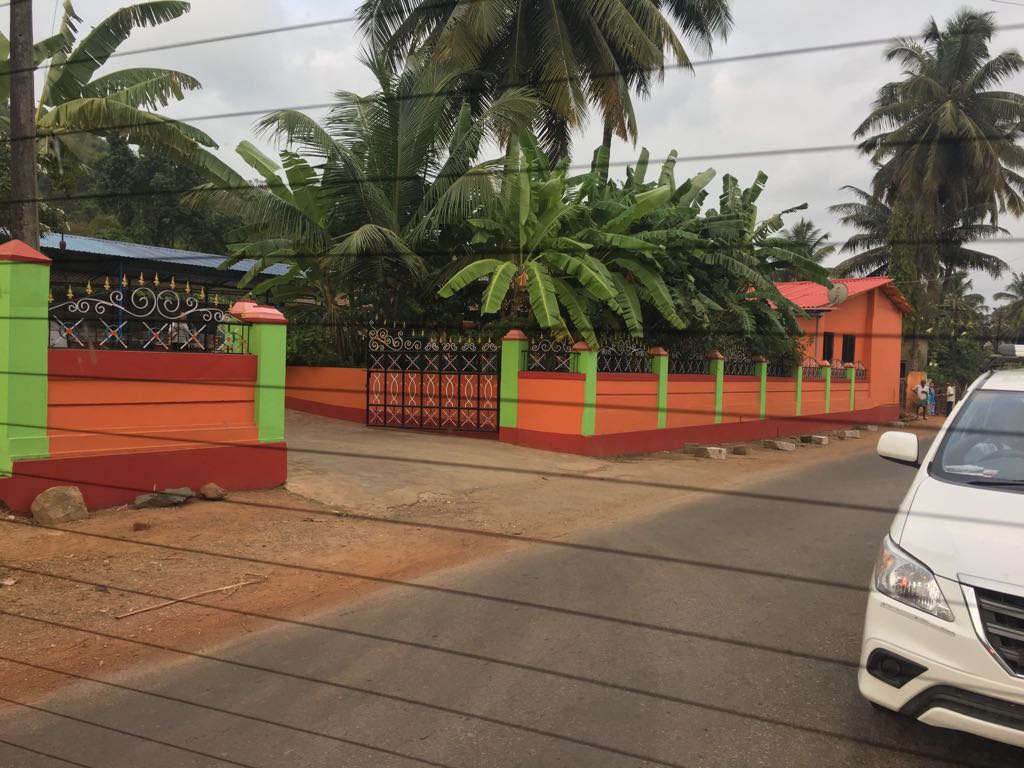
And the state is wealthy- electricity poles for miles, plenty of water – including “filter water ATMs” in villages which dispense 10 litres of drinking water for Rs. 5. As far as the eye can see, there are black ribbons of well-tarred roads, motor cycles, cash crops like tobacco. All girls are in school and in junior college.
Many of the villages are idyllic scenes, prosperous and happy, reminiscent of an R.K. Narayan story. It’s a contrast from North Karnataka which is the second most arid area in India after Rajasthan at this time.
Voting desires in the state are mixed between Congress, BJP and the local JDS.
But for the Centre, everyone says they will vote for Modi.
Having achieved these aspirations within just one generation, and with more to achieve, Karnataka residents often have a global view. China and the United States frequently come up in their discussions. Bangalore techies follow America more closely than they do India, and the virtual bridges built with Silicon Valley over the decades are so strong that anyone in Bangalore can dissect the minutiae of the state and local candidates in California as if they lived there.
China is more present in the rural areas. In the stunningly beautiful coastal Karwar-Konkan belt, where only a road separates the River Souparnika from the Arabian Sea, Bhavana and Nitish Patil were happy fisherfolk and local dockworkers until a decade ago, when illegal mining brought raw iron ore to the port of Karwar for export to China. The iron ore dust turned the region red, stirring memories of over-mining in Jharkand state, and the fishing stopped. But then the Supreme Court banned mining in 2011. The red dust has now receded, and the port is getting back to normal, exporting diesel and phosphate. Infrastructure minister Nitin Gadkari, campaigning there in March, says the area’s ports can be redeveloped and modernised.
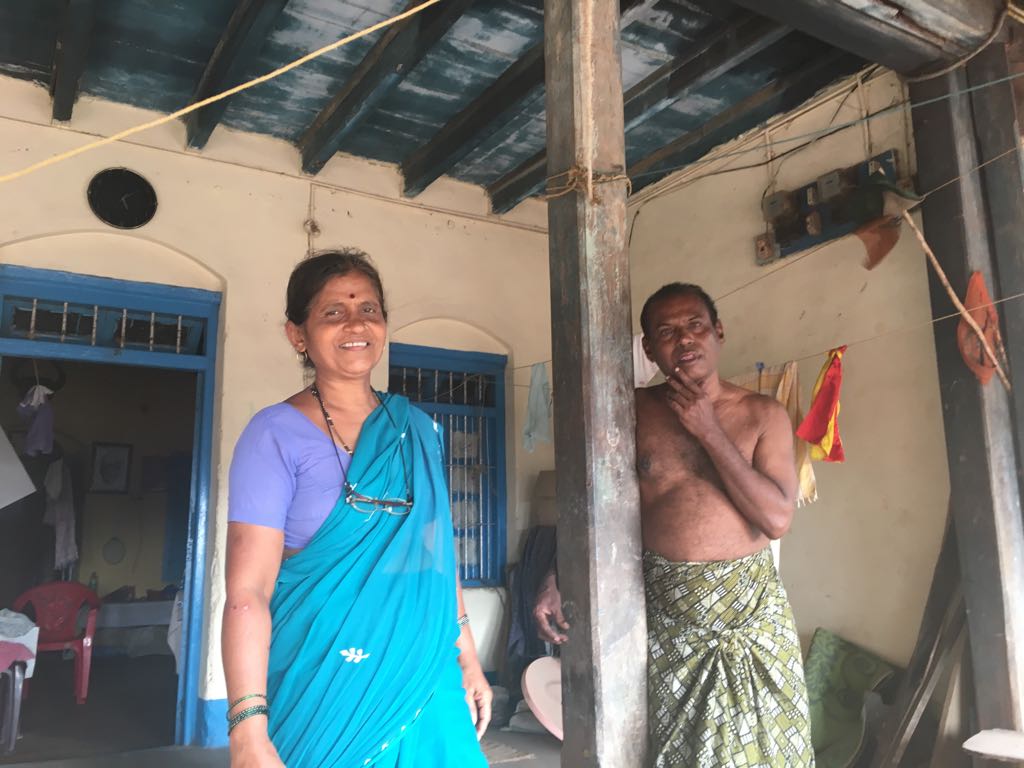
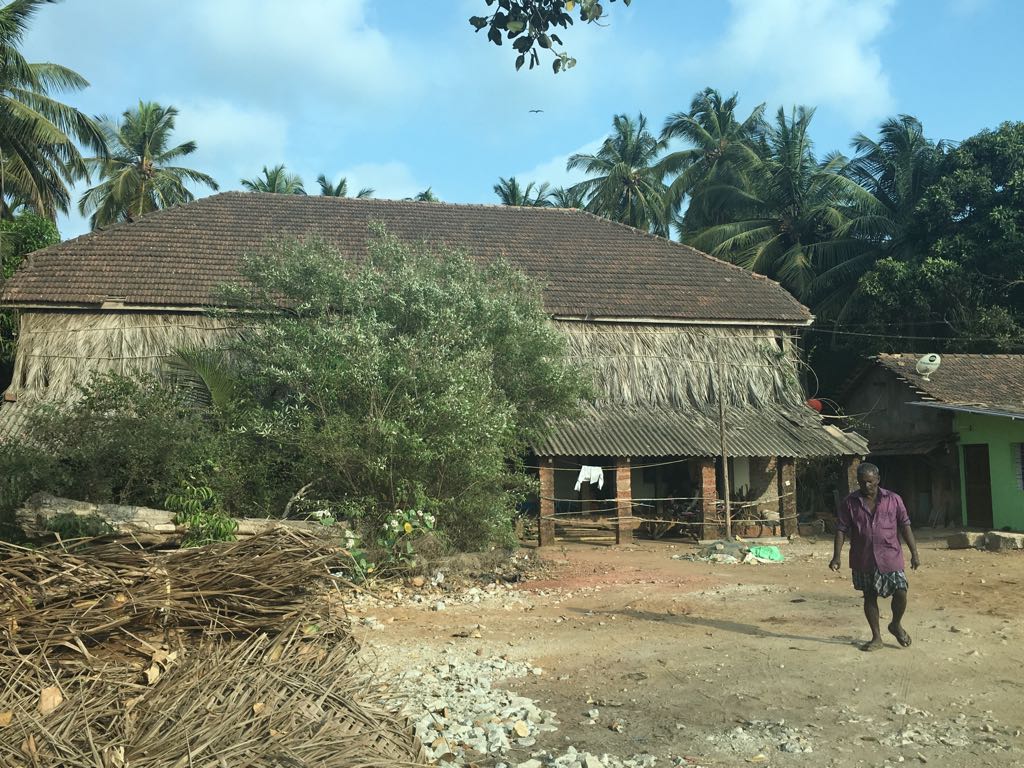
The Patils, who speak some English, good Hindi, Kannada and Konkani, hope this will happen. Like most people in Karnataka, the Patils benefit from both the BJP at the centre, and the Congress in the state. In this state election, they will vote for the BJP because they believe Prime Minister Modi will bring the fishing industry and jobs back to the region. Meanwhile, their two sons are seeking engineering diplomas and degrees at the nearby prestigious Birla Institute of Technology, Goa, thanks to education loans provided at 2% by Karnataka Chief Minister Siddaramaiah.

Most of Karnataka is in what might be called a post-issue era. Voters, especially young people, have the luxury to think beyond the immediate. Karnataka is a student hub, with excellent educational institutions, from the Indian Institute of Science in Bangalore to the private Manipal University near Mangalore.
Such young people are looking for candidates with talent and an eye to the future, says Bharat Shetty, 26, a dentist campaigning for his colleague, a BJP candidate who is standing for a legislative seat from North Mangalore. “I want my leaders to be well travelled, see the world, and to put here the best that they see in high tech, sports facilities and infrastructure,” he says.
That makes Prime Minister Modi his candidate of choice. Certainly, Modi understands the importance of having India’s youth on his side as both current and future voters. In February, he authored a book called Exam Warriors[3], directed at students aged 6-23 who, being part of a 433-million population bulge[4], undergo extreme exam stress. Not since scientist Abdul Kalam, a former President of India, has an Indian leader focused so directly on students. The old guard, says Shetty, are still caught up with money and caste.
There’s plenty of that kind of thinking. In March, Chief Minister Siddaramaiah promised he would seek minority status for the Lingayat community, if he is elected. There’s no real need for this. The Lingayats, who comprise an estimated 20% of Karnataka’s population, are considered a ‘forward’ Hindu caste; they are educated and monetarily secure. But this is less about caste and more about money: Minority status ensures that community institutions receive tax-free status, and its members receive priority for college admissions and government jobs. The community is divided on the issue, but caste is the election’s main calculus, so it’s now on the political table.
Northern Karnataka is home to most of the state’s poorer citizens – the scheduled castes, the scheduled tribes and the Dalits. It is the second-most arid region in India, after the Thar desert in Rajasthan, and drought-prone. The chief minister is hoping to win them over through several schemes that offer them free rice, free healthcare, free milk, free text books, free laptops for students and, last December, even subsidised loans for scheduled caste-scheduled tribes people to buy cars and become Uber and Ola drivers.
In addition to Siddaramaiah, the big shots of both national parties have been campaigning in south Karnataka, including Congress Party president Rahul Gandhi, Prime Minister Modi, BJP Party President Amit Shah and Nitin Gadkari. Candidates and office-bearers from both parties say they are confident of a win. But the region leans BJP. The recent murders of two dozen BJP workers have polarised the predominantly Hindu population here in favour of the BJP. The party has sent one of its stalwarts, Om Prakash Mathur, to help organise the campaign and to court voters by working on the ‘social equation.’
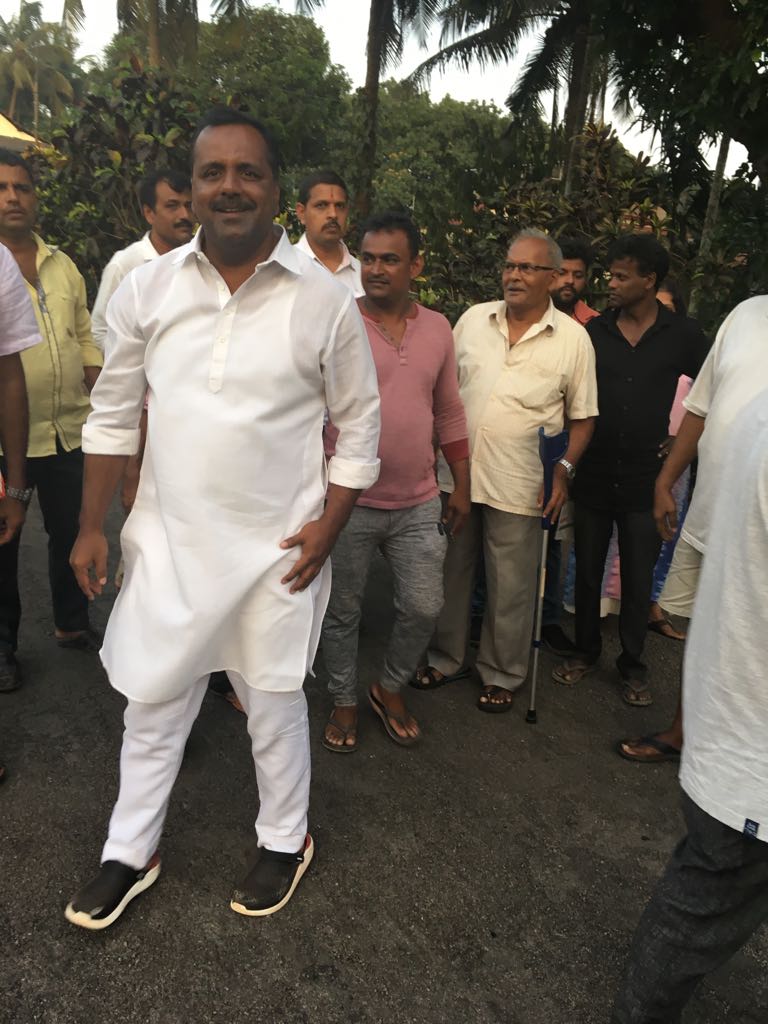
An issue that is causing local resentment is that of Kerala Muslims migrating to Mangalore mostly for their children’s education, then staying on and establishing businesses. They are successful, aggressive businessmen, and are overwhelming local business.
Some worry about the outcome, but some don’t. U.T. Khader, Karnataka’s Minister for Food and Public Distribution, has been thrice elected to the state legislature from Mangalore city from the Congress party. He is confident of victory. He says he will win votes not just from his own Muslim community, but from the broader population. For Sadiq Pasha, 59, a furniture shop owner from Nanjangud, Mysuru district, life has improved. Pasha is an ideal citizen. He operates a spick-and-span furniture shop that is a poster for Modi’s Swacch Bharat cleanliness programme; he has registered for the new Goods and Services Tax, and ensures that his grandchildren learn English, Kannada and Urdu. This, despite the GST for his main product, steel cupboards, being raised from 18% to 28%, despite not being able to import and sell fast-moving Rs. 1,800 ($27.70) China-made cupboards, despite the Indian-made substitute cupboard selling at twice that amount, an expensive Rs. 3,200 ($49.23) per unit.
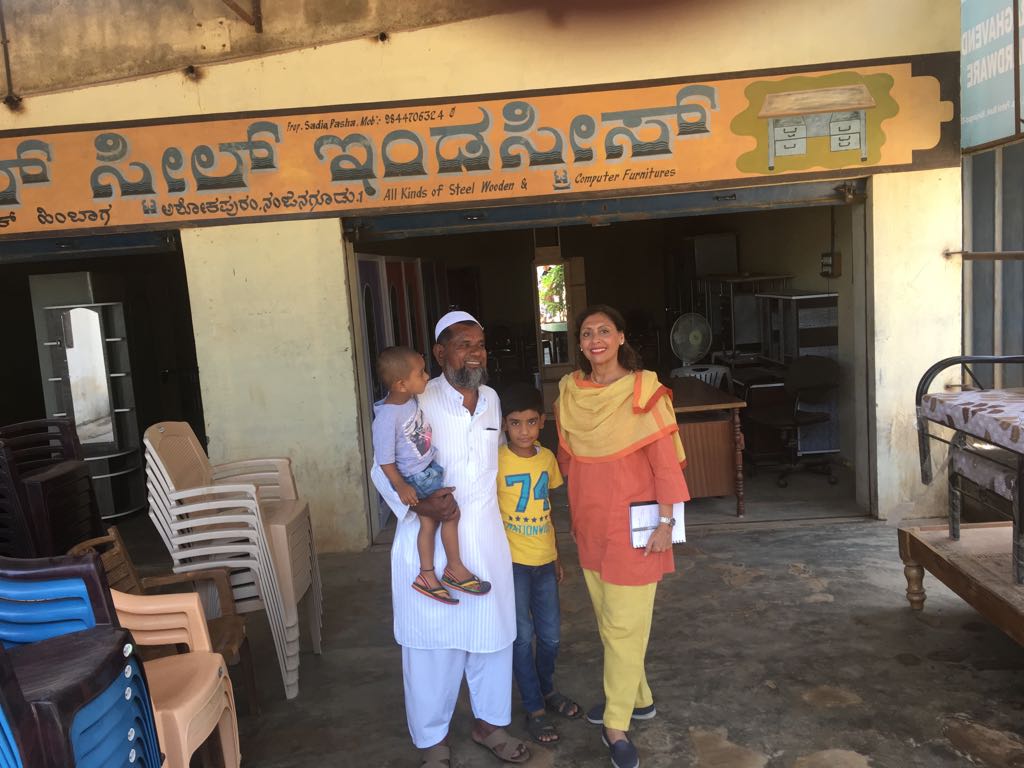
“Development is happening here,” Pasha says, and industry has expanded in the last decade. Labourers earning Rs. 200 a day now get twice that, a brick-layer makes Rs. 700 a day and carpenters, if they can be found, earn Rs. 1,000 a day. This is far more than the state’s mandated minimum daily wage of Rs. 236. More than handouts, Pasha wants his corporator to ensure the garbage is collected every day, the drains are cleared and the streets are properly paved.
Big money is being spent in the election—formidable, impossible amounts. According to party leaders of all three political parties, this will be a $1 billion election. The expenditure per candidate per constituency is estimated to average Rs. 10 crores ($1.5 million), and could reach Rs. 100 crores ($15 million) in some cases.
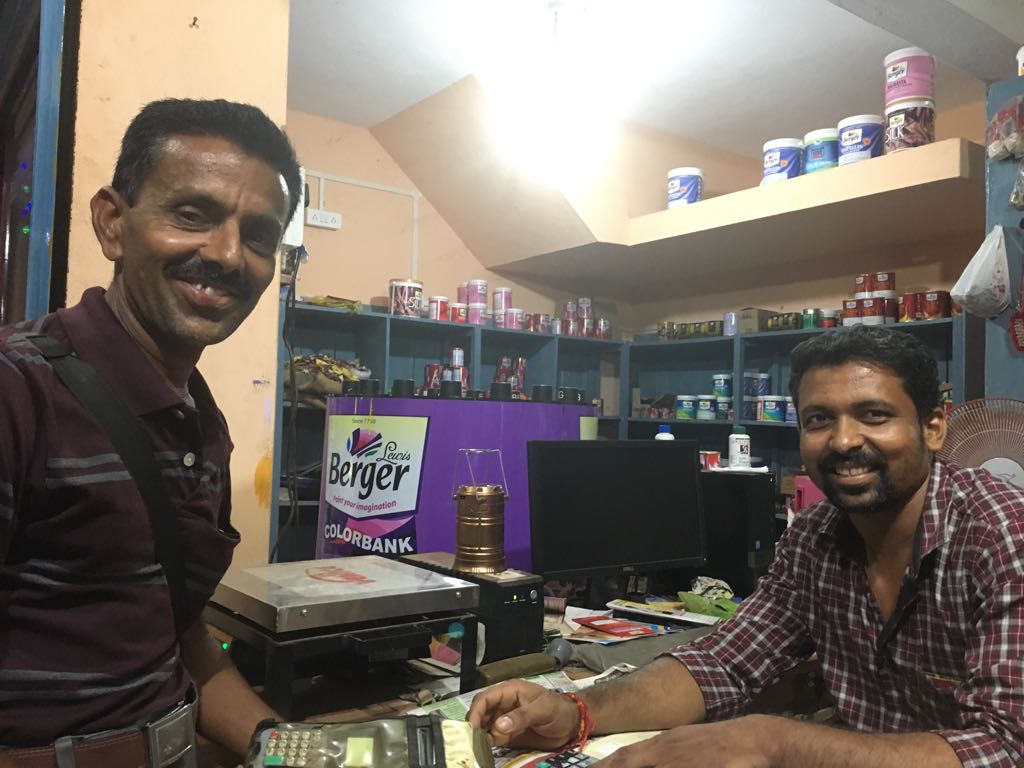
None of this money is visible on the streets of Karnataka. The Election Commission of India has banned advertising of any kind, either through banners and hoardings, or on television or through text messages on mobile phones. So how are these large sums being used? Some candidates have allegedly provided each household in their constituencies with white goods, even new motorcycles.
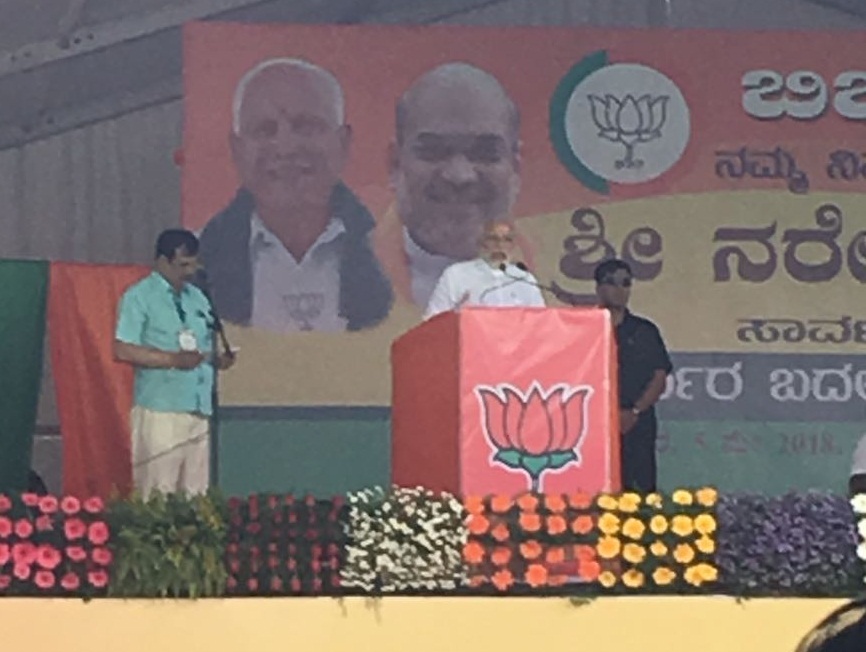
But analysts in Bangalore say that the sophisticated use of social media is dominating the spending. It is nuanced, and the power of suggestion, Cambrige Analytica-style, is being exercised. The BJP, they say, is “way ahead on the platformisation journey,” as one analyst described it. Money is spent on manpower; political parties pay Rs. 500 a day per person who canvases for them. And even though the BJP is a party of dedicated cadres, it must provide food and transport for its armies of volunteers who have come from all over India and devoted several months to ensure a victory in Karnataka.
Karnataka residents will go to the polls May 12 and the result will be declared on May 15. Political pundits say the road to victory in the 2019 national election runs through Karnataka in 2018. It may or may not be true. India’s elections are unpredictable. But both the ruling Bharatiya Janata Party (BJP) and the Congress Party are fighting as if their survival depends on winning Karnataka.
Manjeet Kripalani is Executive Director, Gateway House.
This article was exclusively written for Gateway House: Indian Council on Global Relations. You can read more exclusive content here.
For interview requests with the author, or for permission to republish, please contact outreach@gatewayhouse.in or 022 22023371.
© Copyright 2018 Gateway House: Indian Council on Global Relations. All rights reserved. Any unauthorized copying or reproduction is strictly prohibited.
References
[1] http://mhrd.gov.in/sites/upload_files/mhrd/files/statistics/AISHE2011-12P_1.pdf
[2] http://planning.kar.nic.in/docs/Economic%20Survey%20Reports/ES_17-18/English.pdf
[3] https://penguin.co.in/book/self-help/exam-warriors/
[4] http://mhrd.gov.in/sites/upload_files/mhrd/files/statistics/Population%20Projection%20%28Provisional%29-2018.pdf


